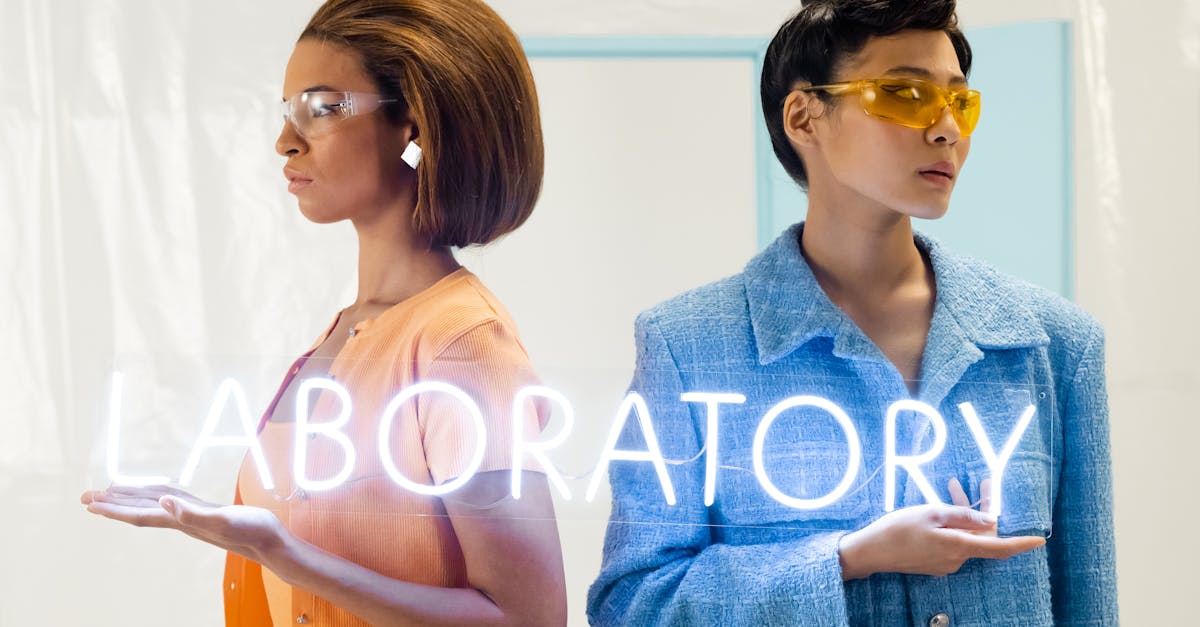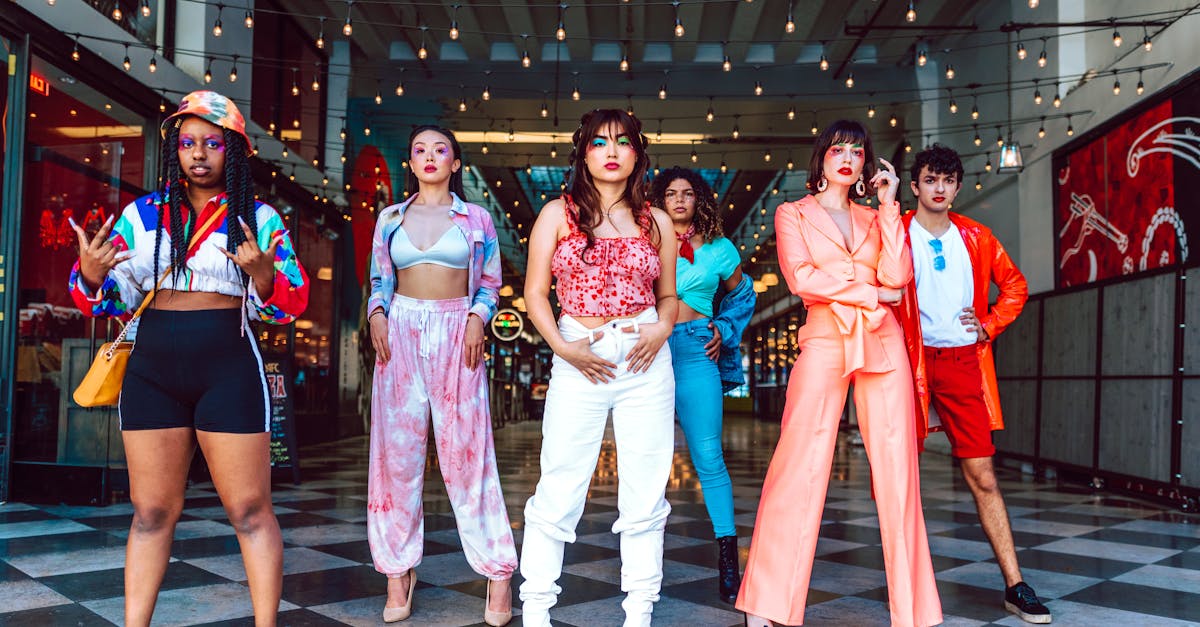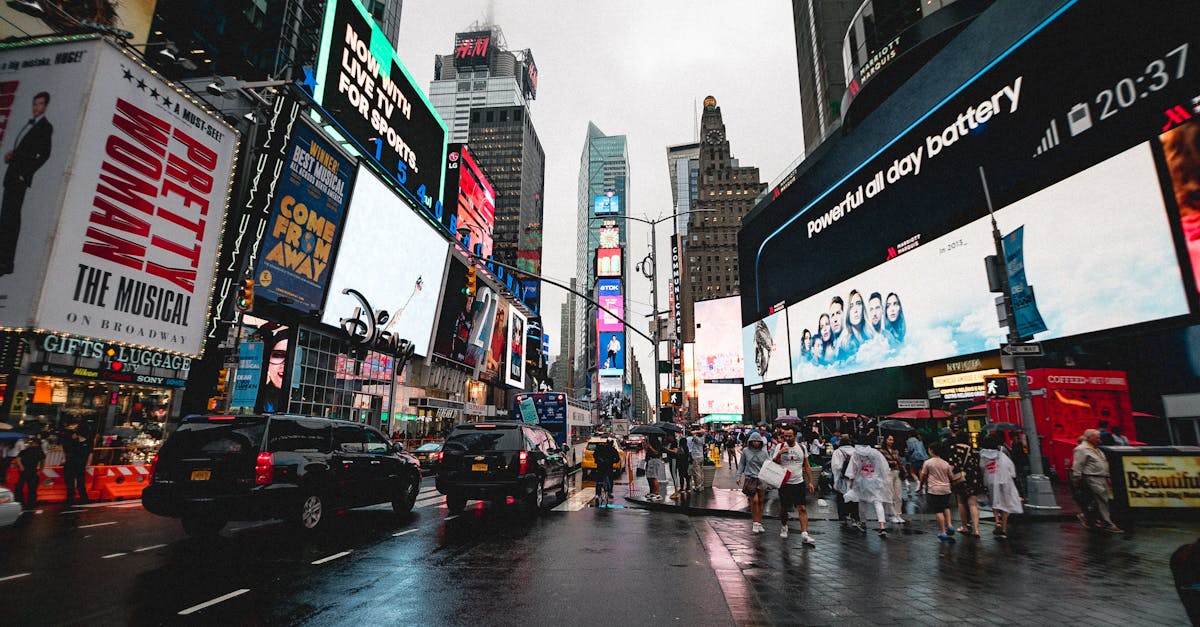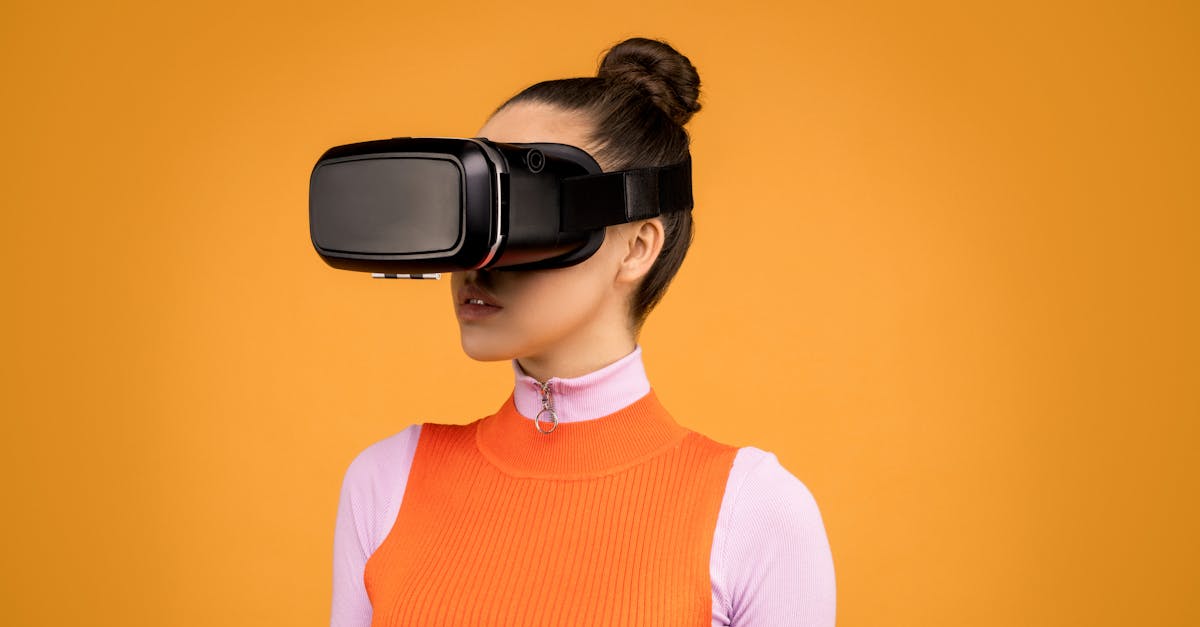Fashion Futurescaping 2030 A Glimpse Into the Style of Tomorrow
Introduction to Fashion Futurescaping 2030
Fashion has always been a reflection of societal shifts, technological advancements, and cultural shifts. As we move towards 2030, the fashion industry is poised for transformative changes that challenge traditional norms. From digital wardrobes to sustainability innovations, the future of fashion is as dynamic as it is exciting. Emerging trends promise to redefine style, fostering a landscape informed by technology and inclusivity. The seeds of today’s improvements herald a world where clothing is more than just apparel but a statement of purpose and identity. In this article, we'll journey into the future of fashion, exploring the trends shaping 2030.
Advertisement
The Rise of Sustainable Fashion
Fashion in 2030 is marked by an unwavering commitment to sustainability, driven by ethical considerations and consumer demand. Circular fashion is at the forefront, with brands focusing on recycling, upcycling, and eco-conscious material sourcing. Material sciences contribute innovations like biodegradable textiles and lab-grown fibers, reducing reliance on fast fashion. Transparency in supply chains is no longer optional, as consumers gravitate towards brands with ethical practices and sustainability pledges. This movement isn't just about reducing environmental impact—it's a holistic approach towards reshaping the industry for the better.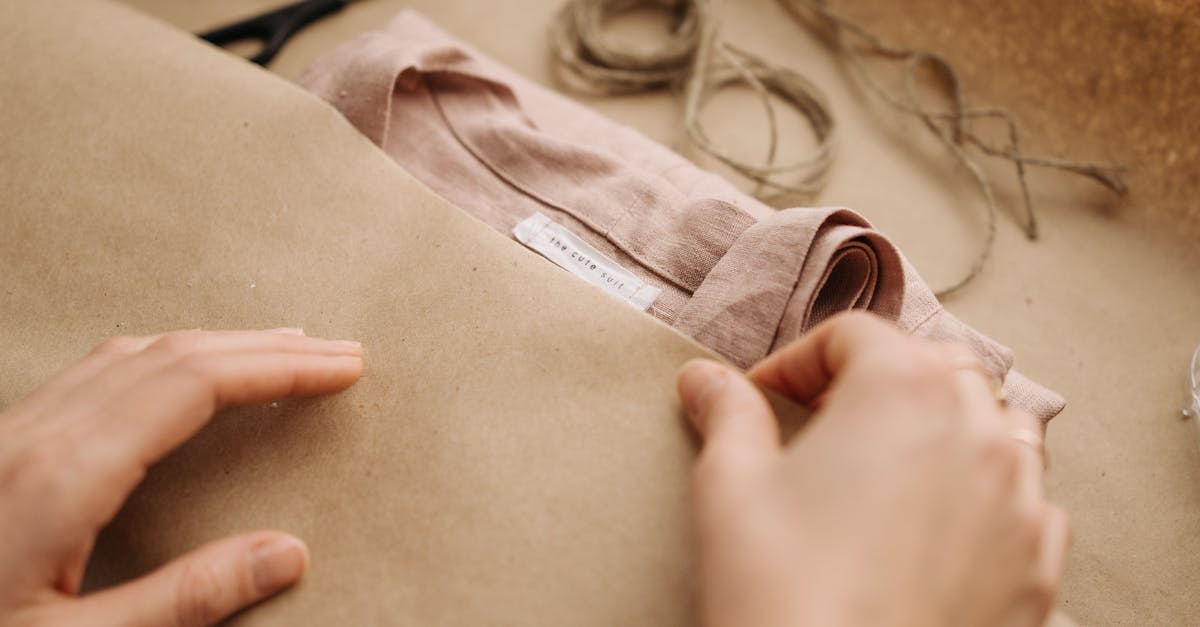
Advertisement
Embracing Digital and Virtual Fashion
The digital realm has opened new dimensions in fashion, merging technology with creativity in unprecedented ways. Platforms like digital fashion shows and augmented reality (AR) try-ons have revolutionized user engagement. Virtual fashion is emerging, allowing individuals to purchase outfits they wear only in the digital world, minimizing waste. Fashion brands are partnering with tech companies to offer personalized clothing experiences powered by AI, tailoring designs to fit individual preferences and body types. In 2030, digital fashion is not only an extension of personal expression but a tool for experimentation and play.
Advertisement
Influence of Technology and Innovation
Technology forms the backbone of fashion innovations, impacting areas from design to delivery. 3D printing has become standard in creating custom pieces, leading to on-demand production and reduced waste. Smart textiles with integrated sensors offer multifunctional clothing that monitors health metrics and adapts to environmental conditions. Blockchain technology enhances traceability, ensuring authenticity and combating counterfeit issues. The integration of technology doesn't just enhance aesthetics—it reimagines functionality, paving the way for fashion that is both sustainable and responsive.
Advertisement
Cultural Shifts and Fashion Diversity
The fashion landscape in 2030 is inherently global, celebrating diversity and cultural expression. Societal changes highlight the importance of inclusivity, with brands committed to representing various identities, sizes, abilities, and ethnicities. The fashion narrative is no longer dictated by western aesthetics alone; it’s a tapestry woven from cross-cultural influences. Designers draw inspiration from global motifs, creating a melting pot of styles that reflect a world more interconnected than ever before. Consumers now champion brands that authentically engage with diverse stories and communities.
Advertisement
Fashion and the Metaverse
As the metaverse expands, fashion embraces the digital realm beyond traditional confines. Brands are establishing presences in virtual worlds, offering virtual fashion items as NFTs (non-fungible tokens). This digital evolution reshapes fashion marketing, with virtual showrooms and avatars wearing fluid designs unconstrained by the physical world. The metaverse fosters community and creativity, where users collaborate on designs and share their creations. Fashion in 2030 isn’t limited to Earth; it's a cosmic expansion where the possibilities are as limitless as the digital frontier.
Advertisement
Sustainable Consumer Behavior
The fashion consumer in 2030 is informed, ethical, and discerning. They value experiences over possessions, leading to a rise in rental services and second-hand marketplaces. Subscription models gain traction, offering access to curated wardrobes without the commitment of ownership. Sustainability isn't just about wearing eco-friendly products; it’s about fostering mindful consumption and supporting circular economies. Fashion no longer caters solely to seasonal trends but evolves into a reflection of a sustainable lifestyle choice.
Advertisement
Challenges and Ethical Considerations
While futuristic innovations redefine fashion, challenges persist. Ethical dilemmas arise around data privacy in fashion tech and the fine line between virtual fashion's creativity and potential exploitation. Fast fashion may adapt under sustainability pressures, but its legacy challenges still need addressing. As accessibility grows, so do the ethical implications of manufacturing and labor rights. The industry’s future hinges on balancing innovation with ethics, ensuring technology serves to augment human expression rather than overtaking it.
Advertisement
Fashion Industry Collaborations and Partnerships
Collaborations remain essential for advancing fashion towards 2030’s promising horizon. Brands partner with environmental organizations, tech firms, and cultural institutions, fostering innovation across disciplines. Collaborative ventures lead to research in sustainable alternatives, cross-disciplinary design teams, and new platforms for global talent exchange. The fashion industry increasingly recognizes interdependence, uniting as a force for environmental stewardship and cultural inclusiveness. The future of fashion relies on these alliances, promoting innovative breakthroughs that tackle common challenges head-on.
Advertisement
Conclusion: Imagining the Future of Fashion
As we peer into the fashion futures of 2030, it's evident that the industry is undergoing a seismic shift. Technology and sustainability ignite creativity, fostering a landscape that merges digital artistic expression with ecological consciousness. Collaborations and innovations fuel this journey, charting a course for responsible and forward-thinking design. The fashion future is one dictated by inclusion, creativity, and technology—with each influencing the world from runways to retail. By embracing these changes, the industry positions itself as a leader in sustainability and innovation, crafting a future where fashion isn't just worn—it's lived.
Advertisement
